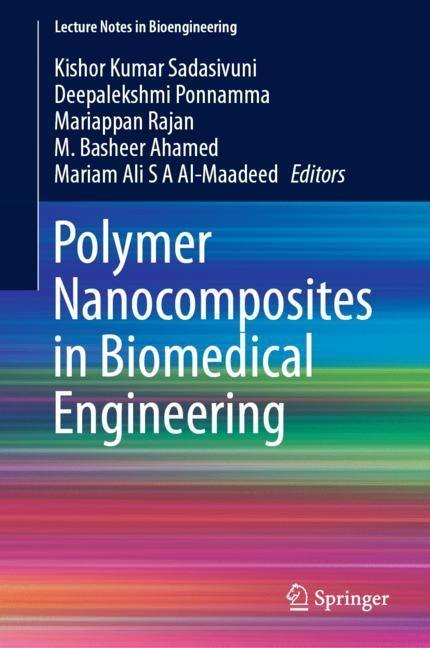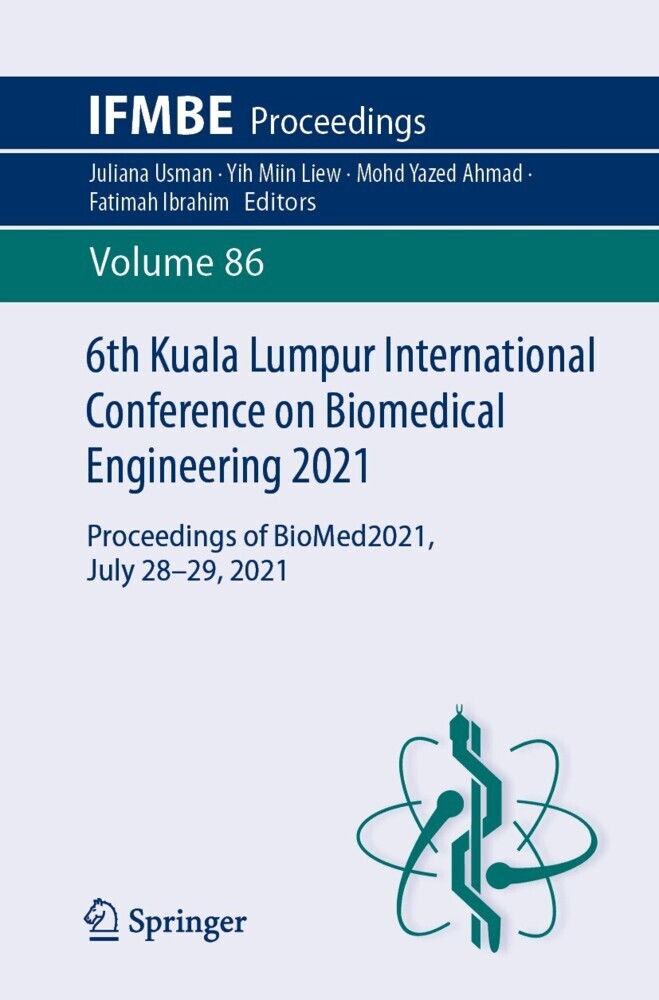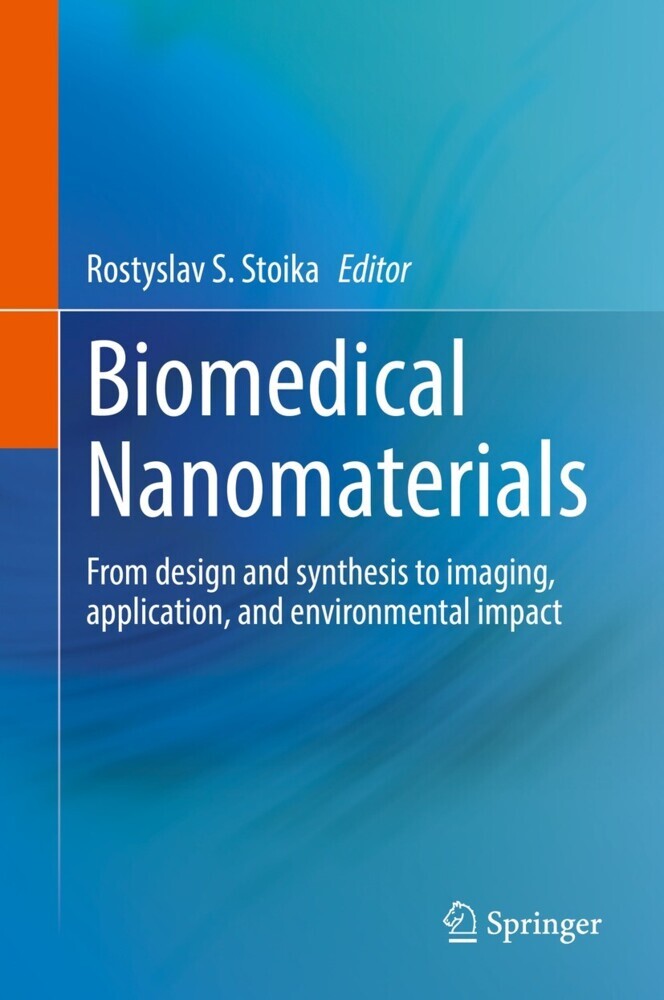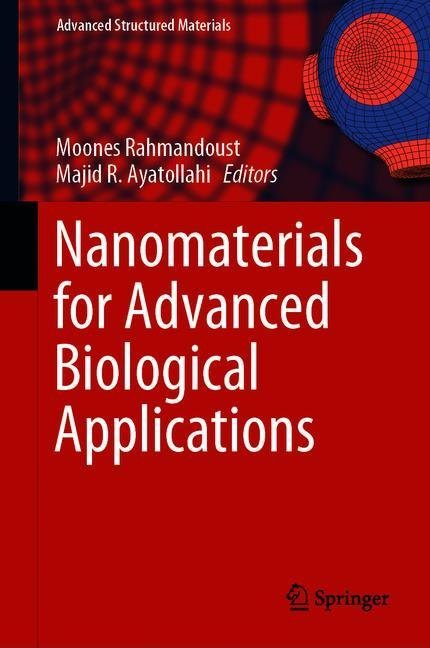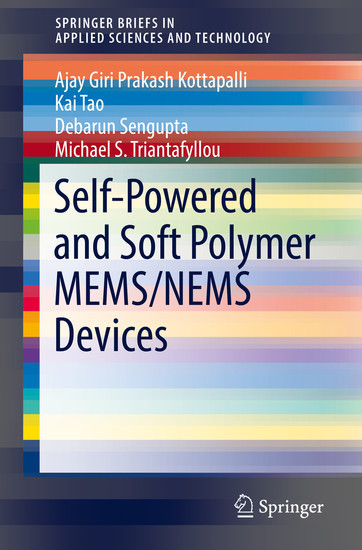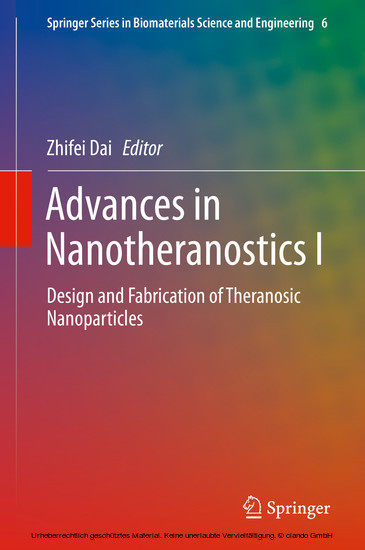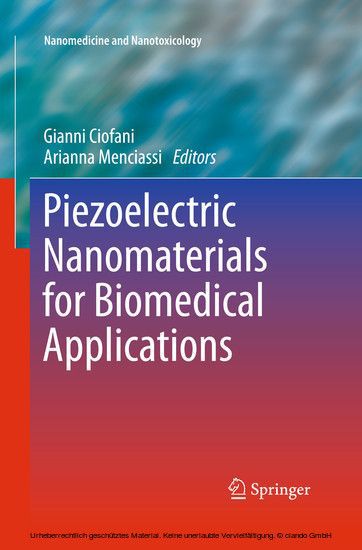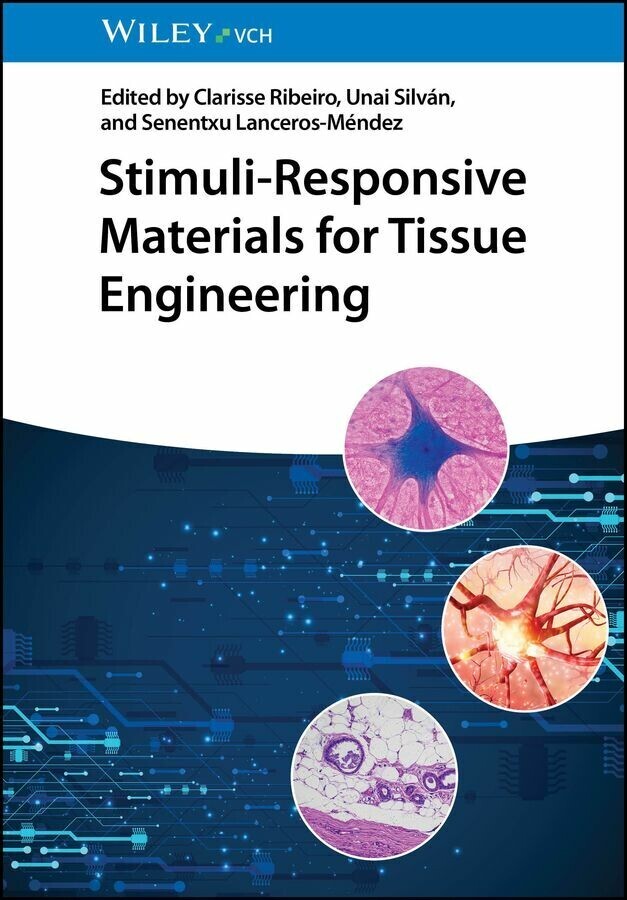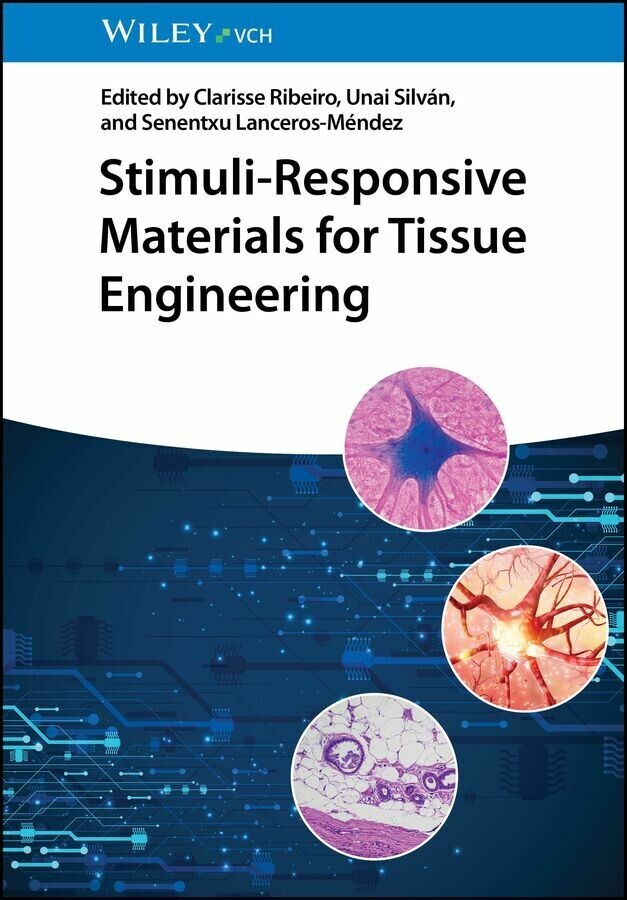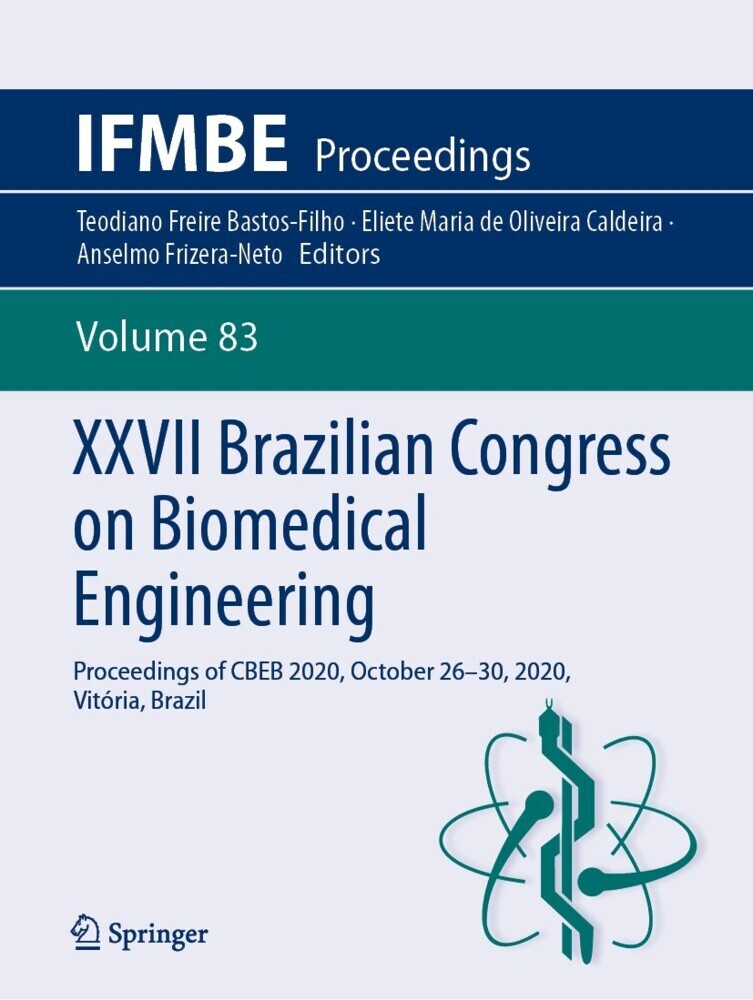Polymer Nanocomposites in Biomedical Engineering
This book presents a thorough discussion of the physics, biology, chemistry and medicinal science behind a new and important area of materials science and engineering: polymer nanocomposites. The tremendous opportunities of polymer nanocomposites in the biomedical field arise from their multitude of applications and their ability to satisfy the vastly different functional requirements for each of these applications. In the biomedical field, a polymer nanocomposite system must meet certain design and functional criteria, including biocompatibility, biodegradability, mechanical properties, and, in some cases, aesthetic demands.
The content of this book builds on what has been learnt in elementary courses about synthesising polymers, different nanoparticles, polymer composites, biomedical requirements, uses of polymer nanocomposites in medicine as well as medical devices and the major mechanisms involved during each application. The impact of hybrid nanofillers and synergistic composite mixtures which are used extensively or show promising outcomes in the biomedical field are also discussed. These novel materials vary from inorganic/ceramic-reinforced nanocomposites for mechanical property improvement to peptide-based nanomaterials, with the chemistry designed to render the entire material biocompatible.
The content of this book builds on what has been learnt in elementary courses about synthesising polymers, different nanoparticles, polymer composites, biomedical requirements, uses of polymer nanocomposites in medicine as well as medical devices and the major mechanisms involved during each application. The impact of hybrid nanofillers and synergistic composite mixtures which are used extensively or show promising outcomes in the biomedical field are also discussed. These novel materials vary from inorganic/ceramic-reinforced nanocomposites for mechanical property improvement to peptide-based nanomaterials, with the chemistry designed to render the entire material biocompatible.
1;Preface;6 2;Contents;9 3;1 A Fundamental Approach Toward Polymers and Polymer Composites: Current Trends for Biomedical Applications;11 3.1;Abstract;11 3.2;1 Introduction;11 3.3;2 Polymers;13 3.3.1;2.1 Classification of Polymers;13 3.3.2;2.2 Natural Polymer and Their Composites for Biomedical Applications;13 3.3.2.1;2.2.1 Collagen;13 3.3.2.2;2.2.2 Silk;14 3.3.2.3;2.2.3 Hyaluronic Acid (HA);15 3.3.2.4;2.2.4 Chitosan (CS);16 3.3.2.5;2.2.5 Cellulose;16 3.3.2.6;2.2.6 Alginate;18 3.3.3;2.3 Synthetic Polymers and Their Composites for Biomedical Applications;19 3.3.3.1;2.3.1 Polycaprolactone (PCL);19 3.3.3.2;2.3.2 Poly(Methyl Methacrylate) (PMMA);20 3.3.3.3;2.3.3 Poly(l-Lactic Acid) (PLLA);21 3.3.3.4;2.3.4 Poly(Lactic-Co-Glycolic) Acid (PLGA);21 3.3.3.5;2.3.5 Poly(Ethylene Glycol) (PEG);22 3.3.3.6;2.3.6 Polystyrene (PS);23 3.3.3.7;2.3.7 Polyvinylidene Fluoride (PVDF);25 3.3.4;2.4 Gas Permeable Polymeric Membranes for Biomedical Applications;26 3.3.5;2.5 Other Polymeric Composites for Biomedical Applications;28 3.3.6;2.6 Polymer Microarrays for Biomedical Applications;30 3.3.7;2.7 Challenges and Future Prospective;32 3.3.8;2.8 Conclusion;32 3.4;Acknowledgements;32 3.5;References;33 4;2 Synthesis of Bio-based Polymer Composites: Fabrication, Fillers, Properties, and Challenges;39 4.1;Abstract;39 4.2;1 Introduction;39 4.2.1;1.1 Polymer Composites;40 4.2.2;1.2 Bio-based Materials;41 4.3;2 Fabrication/Processing of Bio-based Polymer Composites;41 4.3.1;2.1 Thermoplastic-Based Composites;42 4.3.1.1;2.1.1 Injection Molding;43 4.3.1.2;2.1.2 Extrusion;44 4.3.2;2.2 Thermoset-Based Composites;45 4.3.2.1;2.2.1 Injection Molding;45 4.3.2.2;2.2.2 Compression Molding;45 4.3.2.3;2.2.3 Transfer Molding;46 4.3.3;2.3 Bio-based Composites;47 4.3.3.1;2.3.1 Solvent Casting and Particulate Leaching (SCPL);47 4.3.3.2;2.3.2 Emulsion Freeze Drying;48 4.3.3.3;2.3.3 Electrospinning;49 4.3.3.4;2.3.4 Blow Film Extrusion;50 4.3.3.5;2.3.5 3D Printing;50 4.4;3 Fillers and Reinforcements Used in the Preparation of Bio-based Composites;51 4.4.1;3.1 Bio-based Fillers/Reinforcements with Non-bio-based Polymers;51 4.4.2;3.2 Non-bio-based Fillers/Reinforcements with Bio-based Polymers;53 4.4.3;3.3 Bio-based Filler/Reinforcement and Bio-based Polymer;53 4.5;4 Properties of Bio-based Polymer Composites Used for Biomedical Applications;56 4.6;5 Challenges Encountered in the Design of Novel Bio-based Polymer Composites for Biomedical Applications;58 4.6.1;5.1 Desired Properties for Biomedical Materials;58 4.6.2;5.2 Challenges Faced by Bio-based Materials;59 4.7;6 Conclusion;59 4.8;References;60 5;3 Amorphous and Semicrystalline Thermoplastic Polymer Nanocomposites Applied in Biomedical Engineering;66 5.1;Abstract;66 5.2;1 Introduction;66 5.3;2 Processing of the Amorphous and the Semicrystalline Thermoplastic Nanocomposites;69 5.3.1;2.1 Template Synthesis (Sol-Gel Technology);69 5.3.2;2.2 Intercalation Methods;70 5.3.2.1;2.2.1 Solution Intercalation Method;71 5.3.2.2;2.2.2 In Situ Intercalative Polymerization Method;72 5.3.2.3;2.2.3 Melt Intercalation Method;72 5.4;3 Examples of the Polymers Used in Biomedical Engineering;73 5.4.1;3.1 Amorphous Polymers;73 5.4.1.1;3.1.1 Polycarbonate (PC);73 5.4.1.2;3.1.2 Rubber Nanocomposites;74 5.4.2;3.2 Thermoplastic Polyurethane (TPU);74 5.4.2.1;3.2.1 Polystyrene (PS);74 5.4.2.2;3.2.2 Polyvinylidene Difluoride (PVDF);75 5.4.3;3.3 Semicrystalline Polymers;75 5.4.3.1;3.3.1 Polyethylene (PE);76 5.4.3.2;3.3.2 Polypropylene (PP);76 5.4.3.3;3.3.3 Polyamide (PA);76 5.4.4;3.4 Polymer-Clay Nanocomposites Types;77 5.4.4.1;3.4.1 Polyurethane-Urea (PUU);78 5.5;4 Nanoscale Reinforcements in the Polymer Nanocomposites;78 5.5.1;4.1 Carbon Nanotubes (CNTs);79 5.5.2;4.2 Graphene;79 5.5.3;4.3 Nanoclays;80 5.6;5 Polymer Nanocomposites in Biomedical Applications;80 5.6.1;5.1 Scaffold Tissue Engineering;82 5.6.2;5.2 Drug Delivery;84 5.6.3;5.3 Dental Implants;85 5.6.4;5.4 Polymer Nanocomposites as Biosensors;86 5.7;6 Conclusions;87 5.8;References;87 6;4 Multi
Sadasivuni, Kishor Kumar
Ponnamma, Deepalekshmi
Rajan, Mariappan
Ahmed, Basheer
Al-Maadeed, Mariam Ali S A
| ISBN | 9783030047412 |
|---|---|
| Artikelnummer | 9783030047412 |
| Medientyp | E-Book - PDF |
| Copyrightjahr | 2019 |
| Verlag | Springer-Verlag |
| Umfang | 413 Seiten |
| Sprache | Englisch |
| Kopierschutz | Digitales Wasserzeichen |

